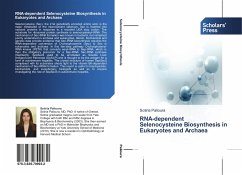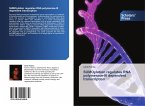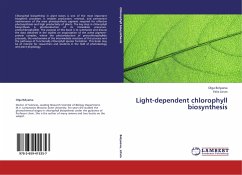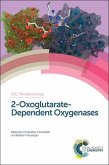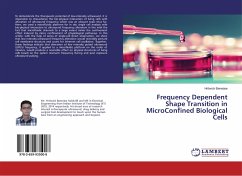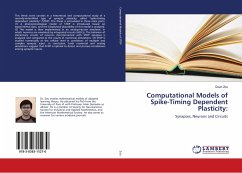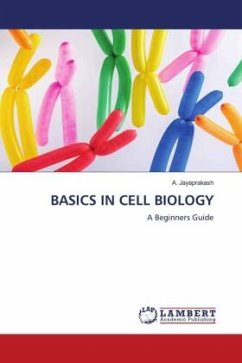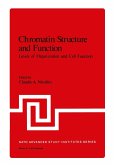Selenocysteine (Sec), the 21st genetically encoded amino acid, is the major metabolite of the micronutrient selenium. Sec is inserted into nascent proteins in response to a recoded UGA stop codon. The substrate for ribosomal protein synthesis is selenocysteinyl-tRNA. The mechanism of Sec-tRNA formation was known in bacteria, but remained poorly understood in archaea and eukaryotes. Herein, biochemical and genetic data provide evidence that Sec-tRNA biosynthesis requires the tRNA-dependent conversion of O-phosphoserine (Sep) to Sec in eukaryotes and archaea. In this two-step pathway O-phosphoseryl-tRNA kinase (PSTK) first converts seryl-tRNA to Sep-tRNA, which is then the obligatory precursor for a Sep-tRNA: Sec-tRNA synthase (SepSecS). SepSecS used to be annotated as Soluble Liver Antigen/Liver Pancreas (SLA/LP) and is thought to be the antigen for a form of autoimmune hepatitis. The crystal structure of human SepSecS complexed with its substrates sheds light to the vitamin B6-dependent mechanism of Sec-tRNA formation. This report is useful to biophysicists, biochemists, and evolutionary biologists as well as to anyone investigating the role of SepSecS in autoimmune hepatitis.
Bitte wählen Sie Ihr Anliegen aus.
Rechnungen
Retourenschein anfordern
Bestellstatus
Storno

